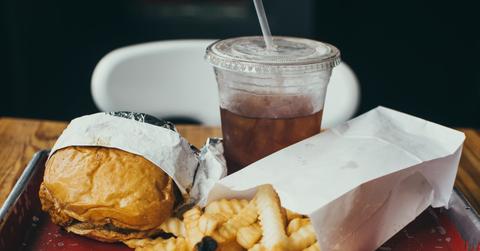Want To Make Your Own Reusable Food Wrap? Here's How To Do It In 6 Easy Steps
Plastic wrap is a mess. It's bad for both the environment and your health, and although sustainable solutions are available, they're pretty costly. Luckily there's a cheaper eco-friendly option: Make your own food wrap. Here's how.
Updated May 24 2019, 4:31 a.m. ET

Plastic wrap is a mess. It gets used for a few hours or days to cover leftovers, then gets tossed in a landfill where it sits for at least 25 years before decomposing, leaving chemicals behind. Then there’s the effect cling wrap has on people: The chemical Bisphenol A, prevalent in plastic wraps, has been linked to breast and prostate cancer and early sexual development.
Not exactly worth the convenience of not having to look for a matching Tupperware lid, right? Eco-friendly solutions have become popular in the green-living community, including the overnight success of Bee’s Wrap, a startup begun in 2012 as a sustainable, healthier alternative to kitchen plastics.
The reusable wrap is made with organic cotton with beeswax, organic jojoba oil, and tree resin and can last up to a year with “proper care” that includes rinsing the wrap in cool water with a mild dish soap before air-drying and folding in a drawer or basket on the counter. The only problem? Bee’s Wrap starts at $6 for a little piece barely big enough to wrap an avocado. So the folks over at Apartment Therapy wanted to see how easy it is to make your own. Here’s how they did it.
Gather your materials.
Get baked.